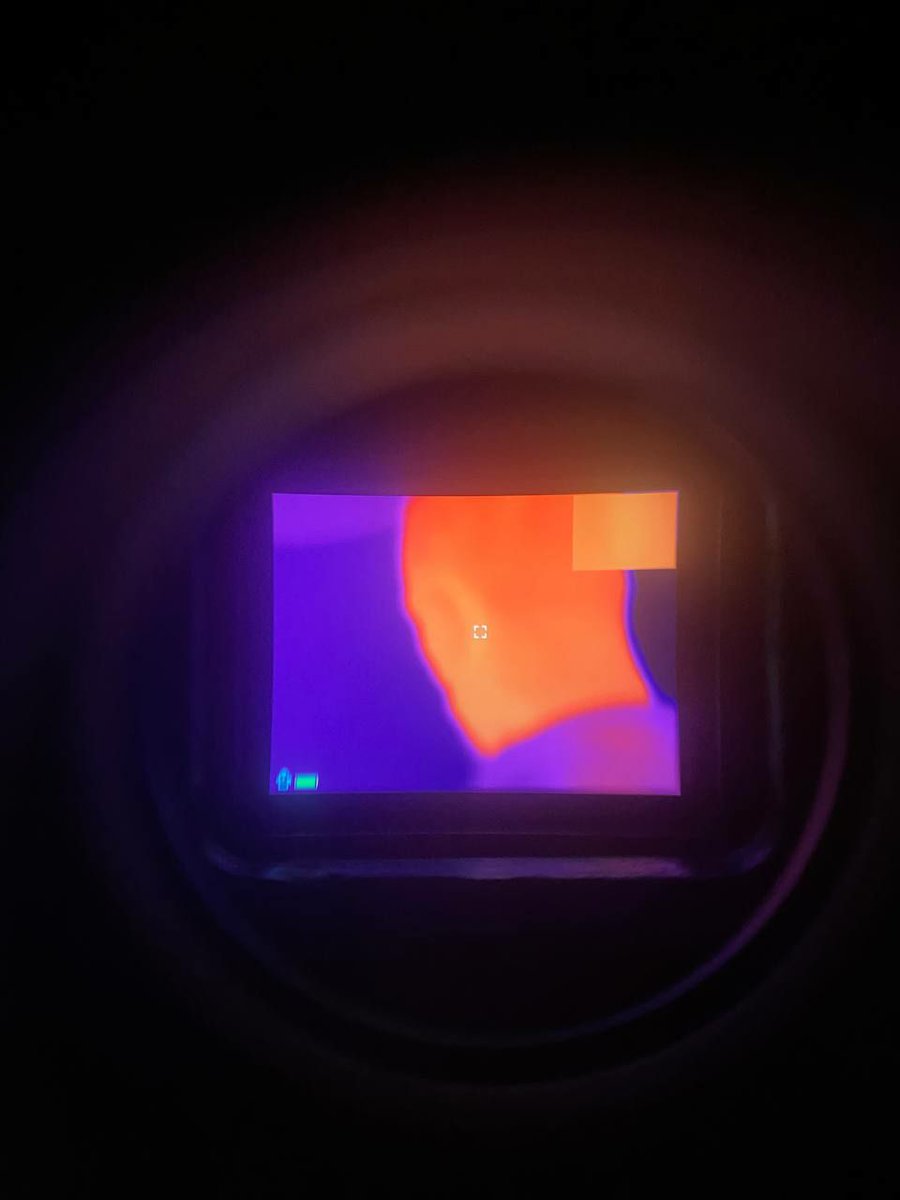Many thanks to everyone who chose to donate last time. Some donors were *outrageously* generous, allowing soldiers to purchase new communication equipment, thermal binoculars, etc. A new round of donations on the Ukrainian military and volunteers starts now🧵 

1. Fundraising for the PVS-14 night vision monoculars
PayPal: gleb.parfenov95@gmail.com
Wire:
Receiver: PARFONOV HLIB
Swift: UNJSUAUKXXX
IBAN: UA403220010000026204329575932
JSC UNIVERSAL BANK
BTC bc1qsksu2x0lnqs09yv3qtsdlxgxjsmqecdqrmjhvy
ETH… twitter.com/i/web/status/1…
PayPal: gleb.parfenov95@gmail.com
Wire:
Receiver: PARFONOV HLIB
Swift: UNJSUAUKXXX
IBAN: UA403220010000026204329575932
JSC UNIVERSAL BANK
BTC bc1qsksu2x0lnqs09yv3qtsdlxgxjsmqecdqrmjhvy
ETH… twitter.com/i/web/status/1…

2. The territorial defense mortar men are raising for the DJI MAVIC 3 THERMAL drones
PayPal:
Yana.kachkovska@gmail.com
Wire:
Receiver: KACHKOVSKA YANA
SWIFT: PBANUA2X
IBAN: UA183052990262076400929452083
ACCOUNT: 4731185628430750
JSC CB PRIVATBANK
PayPal:
Yana.kachkovska@gmail.com
Wire:
Receiver: KACHKOVSKA YANA
SWIFT: PBANUA2X
IBAN: UA183052990262076400929452083
ACCOUNT: 4731185628430750
JSC CB PRIVATBANK

3. A volunteer group is helping civilians in the frontline areas of Bakhmut and Soledar with food, medicine, etc. They are raising 2450 usd to buy and repair an additional used minibus for delivering aid
PayPal: bogomazovsergej237@gmail.com
PayPal: bogomazovsergej237@gmail.com
4. Dyka Poshta foundation is raising funds for the troops in Bakhmut. You can find their photos and reports on their Twitter @DykaPoshta
PayPal: dykaposhta@gmail.com
Wire and crypto details on their website: dykaposhta.org/donate/
PayPal: dykaposhta@gmail.com
Wire and crypto details on their website: dykaposhta.org/donate/
6. Help Ukraine today is helping the military and the civilian in the frontline areas
helpukrainetoday.site
Paypal: helpukrainetodayteam@gmail.com
Wire:
Receiver: SHEVCHENKO MYKOLA
IBAN:
UA093052990262086400930961841
SWIFT CODE/BIC: PBANUA2X
JSC CB PRIVATBANK
helpukrainetoday.site
Paypal: helpukrainetodayteam@gmail.com
Wire:
Receiver: SHEVCHENKO MYKOLA
IBAN:
UA093052990262086400930961841
SWIFT CODE/BIC: PBANUA2X
JSC CB PRIVATBANK
7. A bulletproof vest producing workshop. An individual set of a vest + a tactical belt costs $544
Receiver: Serhii Marchenko
SWIFT: FUIBUA2X
IBAN: UA153348510000026207116880688
FIRST UKRAINIAN INTERNATIONAL BANK
Details of payment: NON-COMMERCIAL TRANSFER
Receiver: Serhii Marchenko
SWIFT: FUIBUA2X
IBAN: UA153348510000026207116880688
FIRST UKRAINIAN INTERNATIONAL BANK
Details of payment: NON-COMMERCIAL TRANSFER
The end
• • •
Missing some Tweet in this thread? You can try to
force a refresh





